CTF1
-
Official Full Name
cardiotrophin 1 -
Overview
The protein encoded by this gene is a secreted cytokine that induces cardiac myocyte hypertrophy in vitro. It has been shown to bind and activate the ILST/gp130 receoptor. Two transcript variants encoding different isoforms have been found for this gene. [provided by RefSeq, Dec 2008] -
Synonyms
CTF1;cardiotrophin 1;CT1;CT-1;cardiotrophin-1;cardiophin 1
Recombinant Proteins
- Human
- Mouse
- Rat
- E.coli
- Mouse
- Sf21 Cells
- Mammalian Cells
- Wheat Germ
- HEK293
- Human Cells
- In Vitro Cell Free System
- CHO
- Non
- GST
- His
- Fc
- T7
- Avi
Background
What is CTF1 protein?
CTF1 (cardiotrophin 1) gene is a protein coding gene which situated on the short arm of chromosome 16 at locus 16p11. The CCAAT-box binding protein 1 (CTF1, also called NF-I or NF-1) is a proline-rich transcription activator. It selectively activates transcription of genes that contain GCCAAT consensus sequence in promoter region, including human Ha-Ras, alpha-globin, hsp70 and many other cellular and viral genes (1, 3-5). Cloning and functional characterization of the protein revealed that CTF1 contains an N-terminal DNA binding domain and a C-terminal proline-rich activation domain. The CTF1 protein is consisted of 201 amino acids and its molecular mass is approximately 21.2 kDa.
What is the function of CTF1 protein?
CTF1 protein is expressed in the heart, it can promote the survival of cardiomyocytes, reduce ischemia/reperfusion injury, and has a protective effect on cardiomyocytes. CTF1 is involved in the regulation of cardiac remodeling, including adaptive changes in cardiac structure and function. CTF1 protein is also involved in the formation of new blood vessels and the regulation of inflammation.
CTF1 Related Signaling Pathway
JAK/STAT signaling pathway: CTF1 binds to GP130 and LEPR to activate the associated JAK kinase, which leads to the phosphorylation and activation of STAT protein.
MAPK/ERK signaling pathway: In addition to activating JAK/STAT, CTF1 activates the MAPK/ERK (mitogen-activated protein kinase/Extracellular signal-regulated kinase) signaling pathway through GP130 and other related proteins.
PI3K/AKT signaling pathway: CTF1 can also affect AKT (protein kinase B) activity by activating PI3K (phosphatidylinositol 3-kinase).
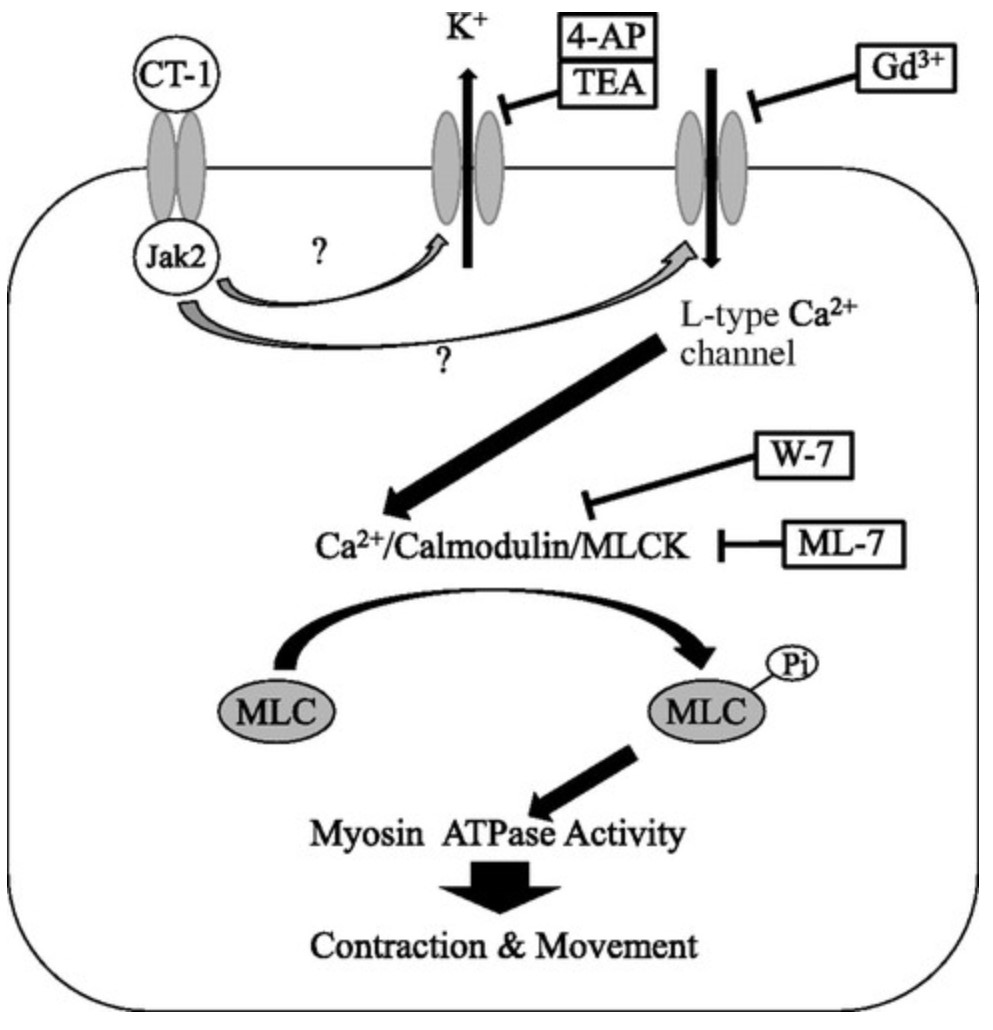
Fig1. Proposed signaling cascade mediating CT-1-induced cell migration. (Darren H Freed, 2011)
CTF1 Related Diseases
CTF1 is mainly expressed in cardiomyocytes and plays a role in the physiological and pathological processes of the heart. It belongs to the IL-6/CNTF (Interleukin-6 / ciliary neurotrophic factor) family and has multiple biological functions, including promoting the survival, proliferation, and differentiation of cardiomyocytes, and the ability to regulate the heart's response to stress. Due to these functions, CTF1 protein is associated with a variety of heart diseases, mainly including: heart failure, coronary artery disease, myocarditis and so on.
Bioapplications of CTF1
Because CTF1 has a protective effect on the heart muscle, CTF1 protein or its mimics are being investigated as potential therapeutic agents for the treatment of cardiovascular diseases, such as myocardial infarction and heart failure. The pro-proliferative and anti-apoptotic properties of CTF1 make it a candidate molecule for cardiac tissue engineering and regenerative medicine that may promote myocardial repair and regeneration.
Case Study
Case Study 1: Mohammad Abdul-Ghani, 2017
The post-natal heart adapts to stress and overload through hypertrophic growth, a process that may be pathologic or beneficial (physiologic hypertrophy). Physiologic hypertrophy improves cardiac performance in both healthy and diseased individuals, yet the mechanisms that propagate this favorable adaptation remain poorly defined. The researchers identify the cytokine cardiotrophin 1 (CT1) as a factor capable of recapitulating the key features of physiologic growth of the heart including transient and reversible hypertrophy of the myocardium, and stimulation of cardiomyocyte-derived angiogenic signals leading to increased vascularity. The capacity of CT1 to induce physiologic hypertrophy originates from a CK2-mediated restraining of caspase activation, preventing the transition to unrestrained pathologic growth. Exogenous CT1 protein delivery attenuated pathology and restored contractile function in a severe model of right heart failure, suggesting a novel treatment option for this intractable cardiac disease.
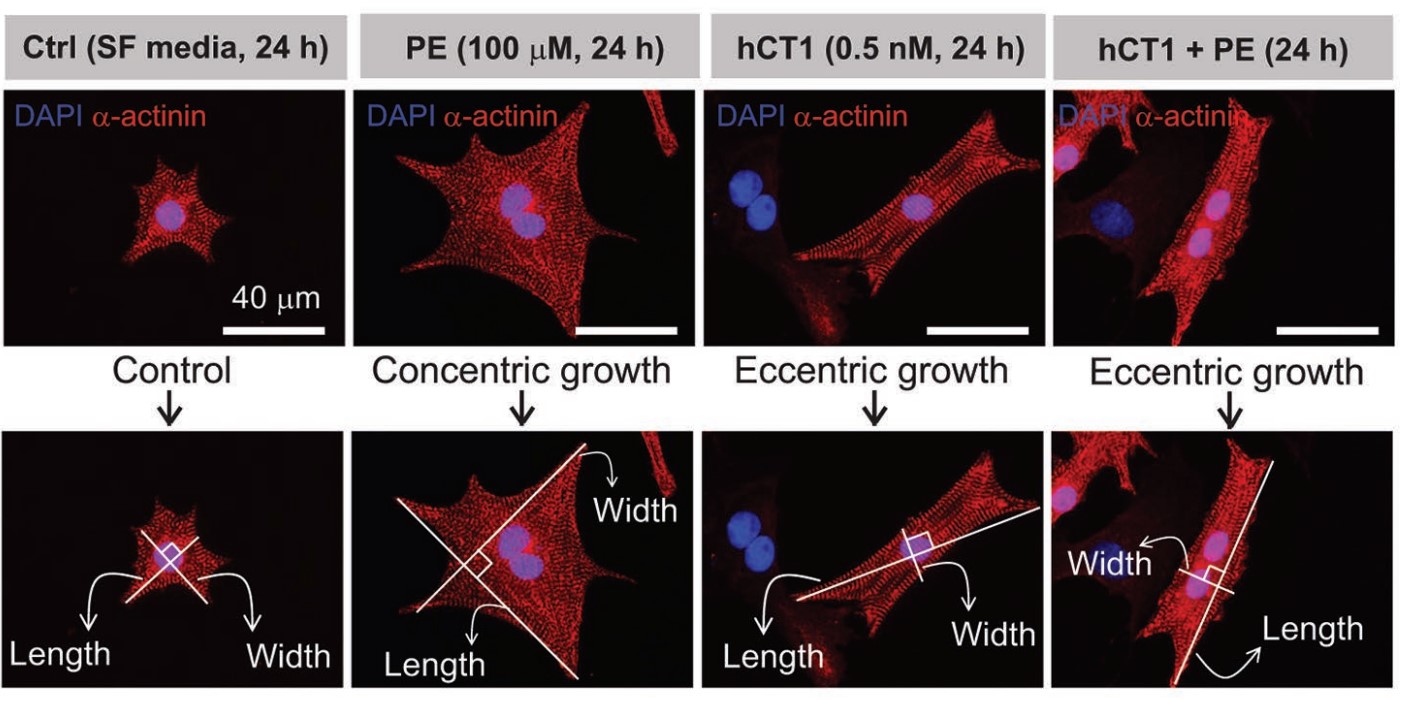
Fig1. Primary neonatal cardiomyocytes were stimulated for 24 h with hCT1 (0.5 nM), PE (100 μM), hCT1 and PE, or control serum-free medium (Ctrl, SF) followed by morphometric analysis.
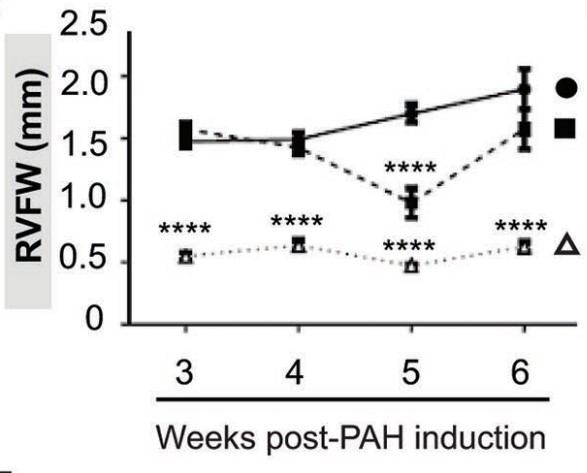
Case Study 2: Darren H Freed, 2011
Chemotactic movement of myofibroblasts is recognized as a common means for their sequestration to the site of tissue injury. Following myocardial infarction (MI), recruitment of cardiac myofibroblasts to the infarct scar is a critical step in wound healing. Contractile myofibroblasts express embryonic smooth muscle myosin, α-smooth muscle actin, as well as collagens I and III. The researchers examined the effects of cardiotrophin-1 (CT-1) in the induction of primary rat ventricular myofibroblast motility. Changes in membrane potential (E(m)) and Ca(2+) entry were studied to reveal the mechanisms for induction of myofibroblast migration. CT-1-induced cardiac myofibroblast cell migration, which was attenuated through the inhibition of JAK2 (25 μM AG490), and myosin light chain kinase (20 μM ML-7). Inhibition of K(+) channels (1 mM tetraethylammonium or 100 μM 4-aminopyridine) and nonselective cation channels by 10 μM gadolinium (Gd(3+)) significantly reduced migration in the presence of CT-1. CT-1 treatment caused a significant increase in myosin light chain phosphorylation, which could be inhibited by incubation in Ca(2+)-free conditions or by application of AG490, ML-7, and W7 (100 μM; calmodulin inhibitor).
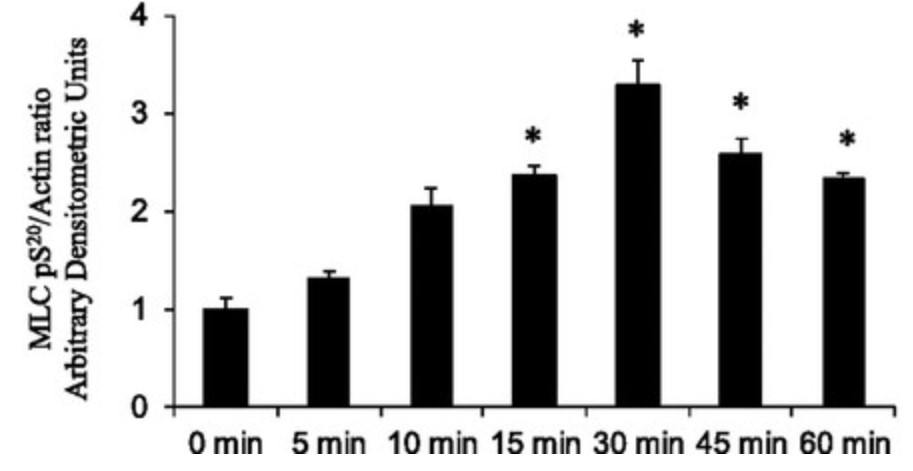
Fig3. CT-1 induces phosphorylation of MLC. Cardiac ventricular myofibroblasts were stimulated with CT-1 (10 ng/ml = 0.37 nM).
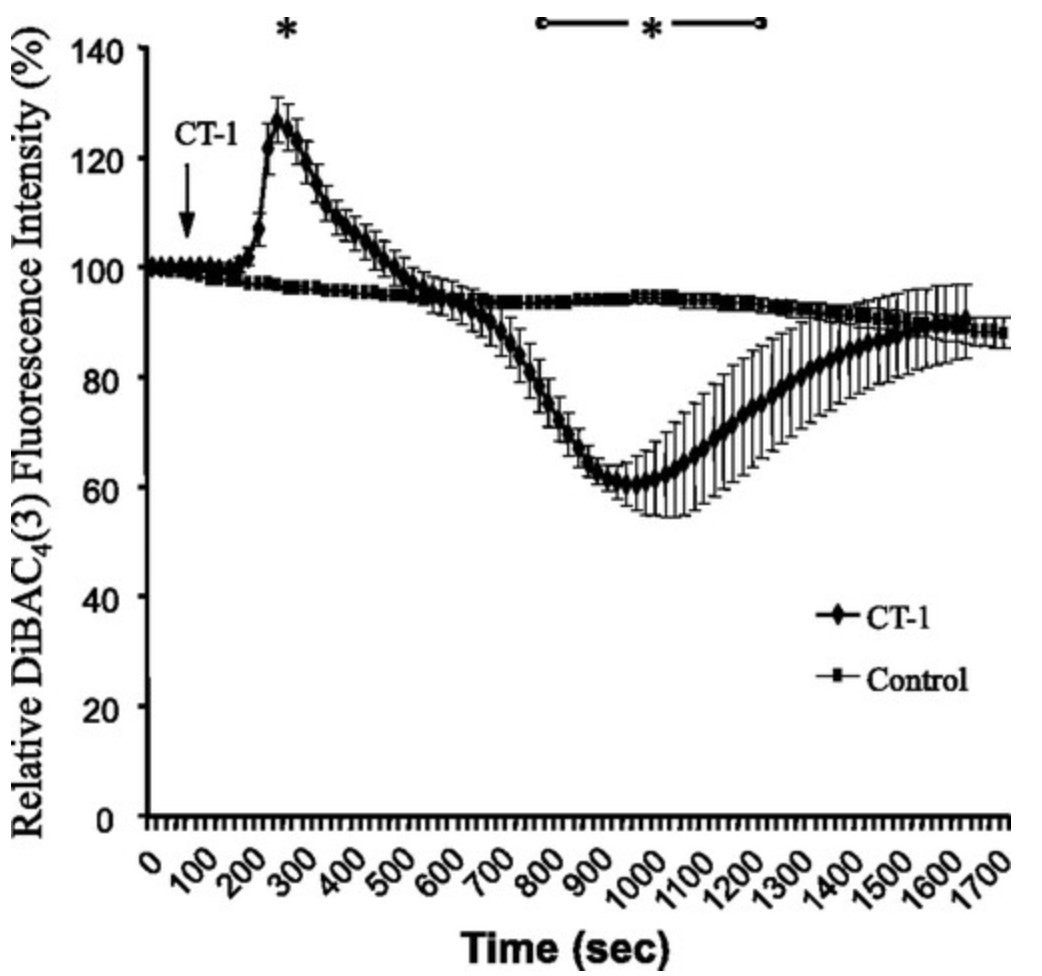
Quality Guarantee
High Purity
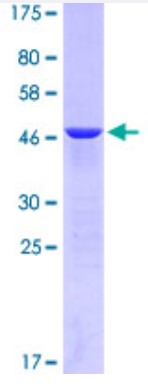
Fig1. SDS-PAGE (CTF1-2067H) (PROTOCOL for western blot)
.
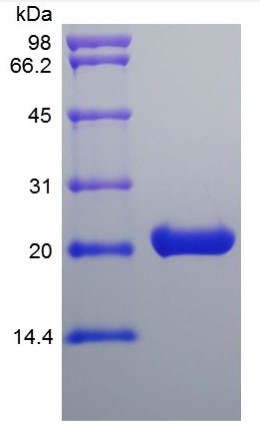
Fig2. SDS-PAGE (Ctf1-658M) (PROTOCOL for western blot)
Involved Pathway
CTF1 involved in several pathways and played different roles in them. We selected most pathways CTF1 participated on our site, such as Cytokine-cytokine receptor interaction,Jak-STAT signaling pathway,MicroRNAs in cardiomyocyte hypertrophy, which may be useful for your reference. Also, other proteins which involved in the same pathway with CTF1 were listed below. Creative BioMart supplied nearly all the proteins listed, you can search them on our site.
| Pathway Name | Pathway Related Protein |
|---|---|
| Physiological and Pathological Hypertrophy of the Heart | MYEF2 |
| MicroRNAs in cardiomyocyte hypertrophy | MYEF2,RCAN1 |
| Cytokine-cytokine receptor interaction | TNFSF8,TNFRSF10B,PF4,KITB,IFNA8,IL12A,CCL6,GM13304,TNFRSF19,IFNA10 |
| Jak-STAT signaling pathway | STAT6,AKT2L,AOX3L1,IFNA13,IFNA17,IFNW1,IL5RA,LEPR,RAF1B,IFNPHI3 |
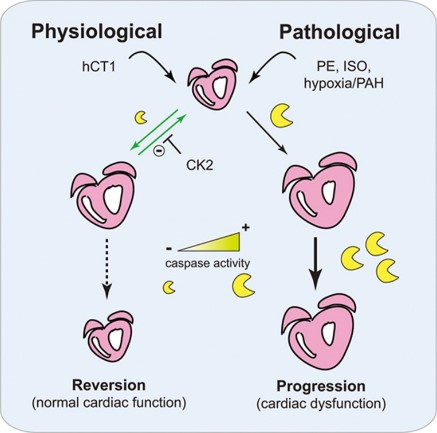
Fig1. Proposed model of hCT1-mediated physiologic cardiac hypertrophy. (Mohammad Abdul-Ghani, 2017)
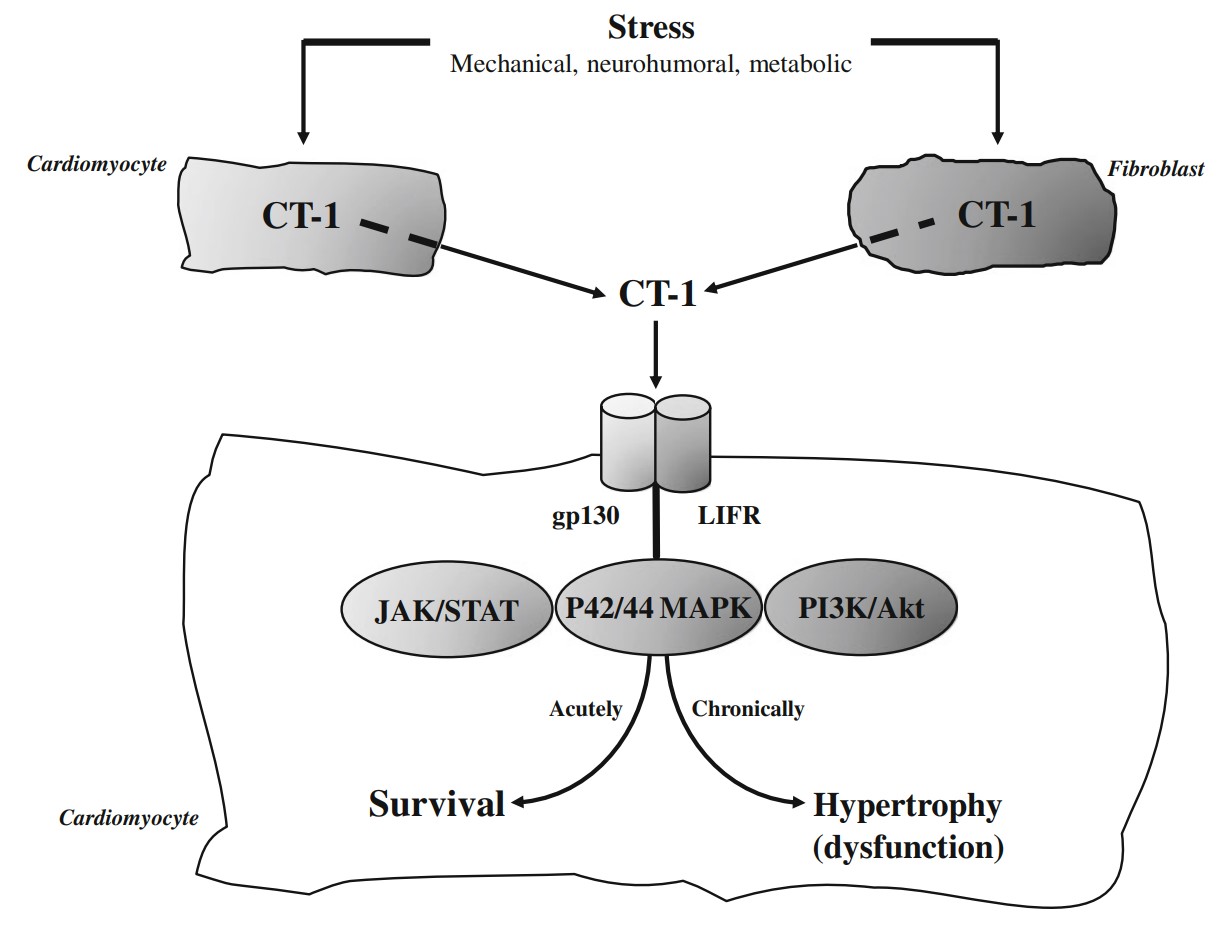
Fig2. Schematic representation of the production and actions of cardiotrophin-1 (CT-1) in the myocardium. (Arantxa González, 2012)
Protein Function
CTF1 has several biochemical functions, for example, cytokine activity,leukemia inhibitory factor receptor binding,protein binding. Some of the functions are cooperated with other proteins, some of the functions could acted by CTF1 itself. We selected most functions CTF1 had, and list some proteins which have the same functions with CTF1. You can find most of the proteins on our site.
| Function | Related Protein |
|---|---|
| leukemia inhibitory factor receptor binding | LIF,Ctf2 |
| cytokine activity | SLURP1,THPO,GREM1,GDF11,GDF6,TNFSF13B,CMTM2,IL1RN,BMP4,Ccl27a |
| protein binding | APOD,CACNB2,CCDC116,FKBP6,TKT,CDC25B,PCGF1,PLK1S1,IL10RA,EFCAB12 |
Interacting Protein
CTF1 has direct interactions with proteins and molecules. Those interactions were detected by several methods such as yeast two hybrid, co-IP, pull-down and so on. We selected proteins and molecules interacted with CTF1 here. Most of them are supplied by our site. Hope this information will be useful for your research of CTF1.
MAGEA6
Resources
Research Area
Related Services
Related Products
References



